
I came across this article recently in the Express-News’ Northwest Daily and had to share.
Boerne, population c. 9,400, located about 30 miles northwest of San Antonio, will soon establish a framework for the development of distributed generation.
Under the terms of an ordinance that passed a first reading on July 28, each single-family residence or business could generate solar or wind power for its own use, then send excess energy back to the electric grid, ultimately saving the amount of electricity the city would have to buy from wholesalers.
“This is an opportunity to add renewable power to the electric utility,” said Don Burger, assistant director of Public Works.
Sounds good to me. Several questions remain though.
- What, if any, will the buyback rate be for electricity put back onto the grid from someone’s rooftop solar system or small wind turbine, for example?
- Boerne currently buys all of its electricity from LCRA, which gets most of its power from coal and gas, and is also contracted for 200 MW of the new Sandy Creek coal plant under construction near Waco. Will Boerne adopt a progressive power provision similar to the one adopted by Pedernales Electric that allows PEC to generate up to 35% of its electricity from local sources like energy efficiency and renewable energy?
- Will Boerne set up energy financing districts? HB 1937 (Villareal) passed the Legislature earlier this year. It allows cities to set up districts wherein the city may issue bonds to cover the costs of major energy efficiency improvements or renewable energy projects for homes and/or businesses. The loan would then be repaid by a special voluntary tax assessment on the property.
Boerne is a publicly-owned utility, which means it is accountable to the people of Boerne, not some power company who may not have residents’ interest at heart when making decisions on power. If you live in Boerne, take a moment to express your support for local renewable energy development to mayor Dan Heckler and city council.
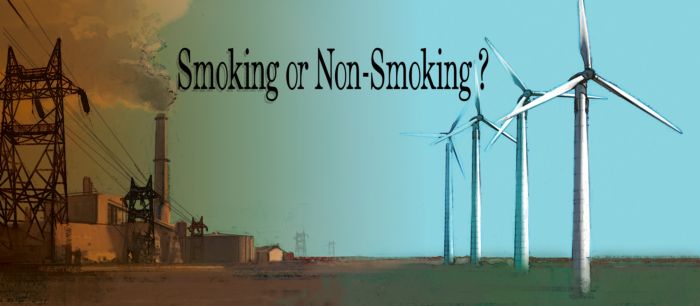
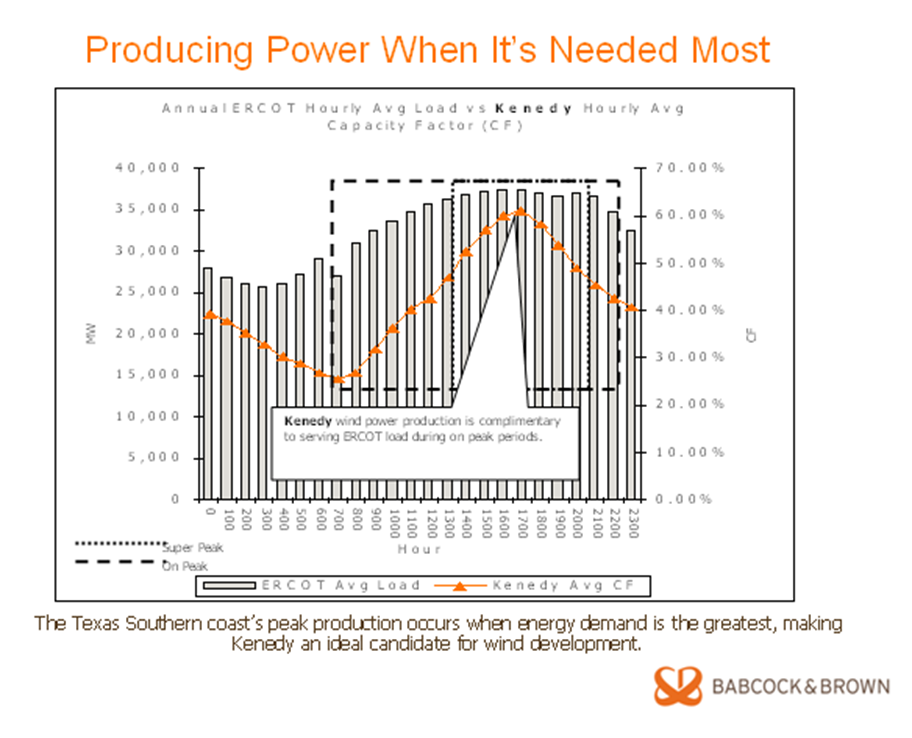
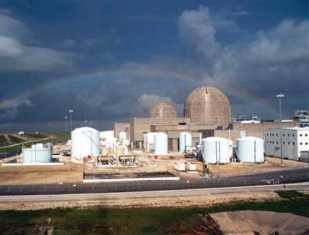 After CPS Energy unveiled its optimistically low $13 billion proposal for South Texas Project reactors three and four, I decided to look into the history of the construction of the first two reactors. What I found was troubling, but it seemed to be pretty much in line with my understanding of problems with nuclear projects during the 70s and 80. Here is a brief time line:
After CPS Energy unveiled its optimistically low $13 billion proposal for South Texas Project reactors three and four, I decided to look into the history of the construction of the first two reactors. What I found was troubling, but it seemed to be pretty much in line with my understanding of problems with nuclear projects during the 70s and 80. Here is a brief time line: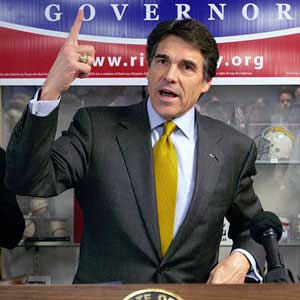 Even though Texas leads the nation in greenhouse gas emissions, Governor Perry balks at making any major stand on producing reliable renewable energy.
Even though Texas leads the nation in greenhouse gas emissions, Governor Perry balks at making any major stand on producing reliable renewable energy. Earlier this week, Governor Perry announced that he would, in fact, call back legislators for an extended special session. What exactly this session will cover (voter ID? please no!) remains unclear, but the Governor has committed to addressing the “sunset safety net” bill that was left on the table.
Earlier this week, Governor Perry announced that he would, in fact, call back legislators for an extended special session. What exactly this session will cover (voter ID? please no!) remains unclear, but the Governor has committed to addressing the “sunset safety net” bill that was left on the table.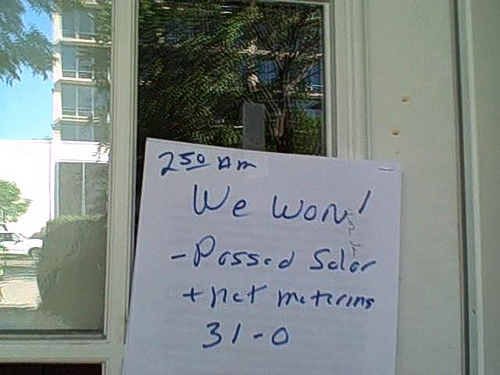 Last night at 11:58 pm (wink, wink),
Last night at 11:58 pm (wink, wink), 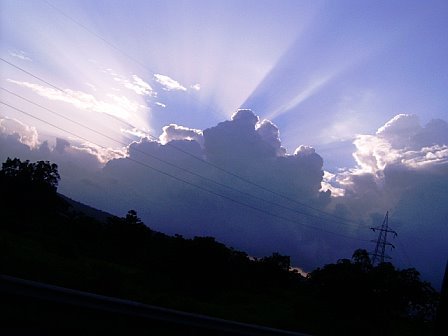 This afternoon, the Senate has
This afternoon, the Senate has 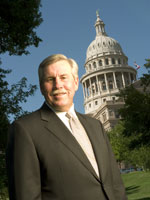 During these dark, cloudy times at the Texas legislature, Senator Fraser can shine a ray of hope into the Senate chamber. He can create a pool of $500 million in solar rebates over the next 5 years, start a pilot program to put solar on schools, and create as many as thousands of green, local jobs in one fell swoop. He can fix net metering so that individuals get a fair buy-back for the excess electricity they produce and actually have an incentive to shell out the cash for a new solar installation. He can also ensure that Texas ends up with an additional 500 MW of non-wind renewables.
During these dark, cloudy times at the Texas legislature, Senator Fraser can shine a ray of hope into the Senate chamber. He can create a pool of $500 million in solar rebates over the next 5 years, start a pilot program to put solar on schools, and create as many as thousands of green, local jobs in one fell swoop. He can fix net metering so that individuals get a fair buy-back for the excess electricity they produce and actually have an incentive to shell out the cash for a new solar installation. He can also ensure that Texas ends up with an additional 500 MW of non-wind renewables.

